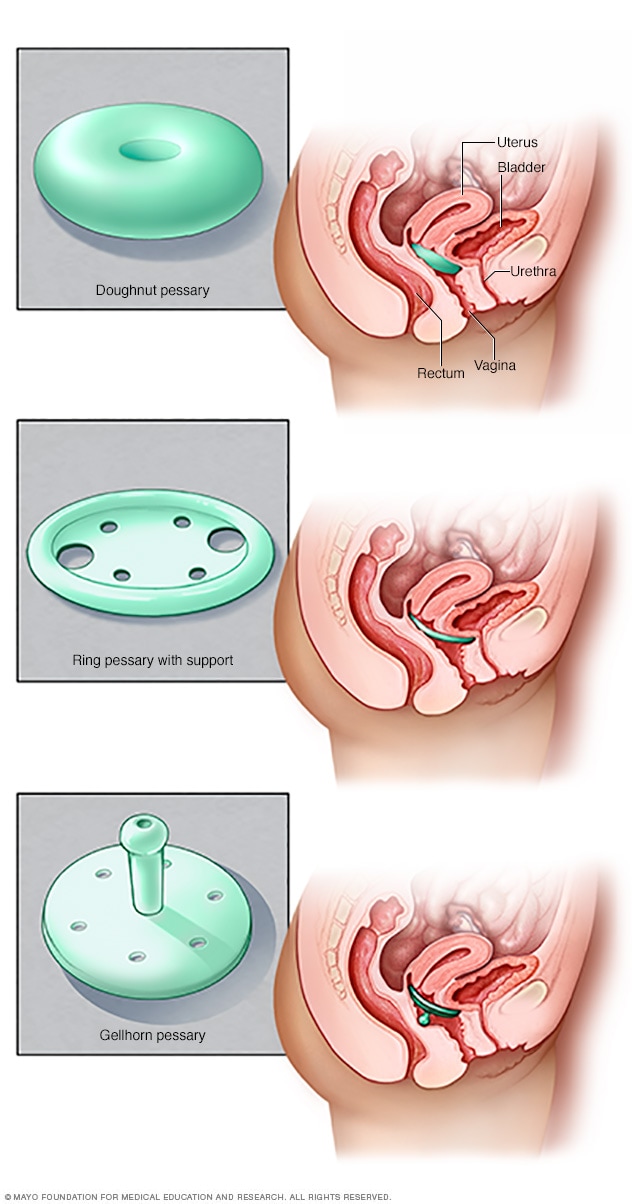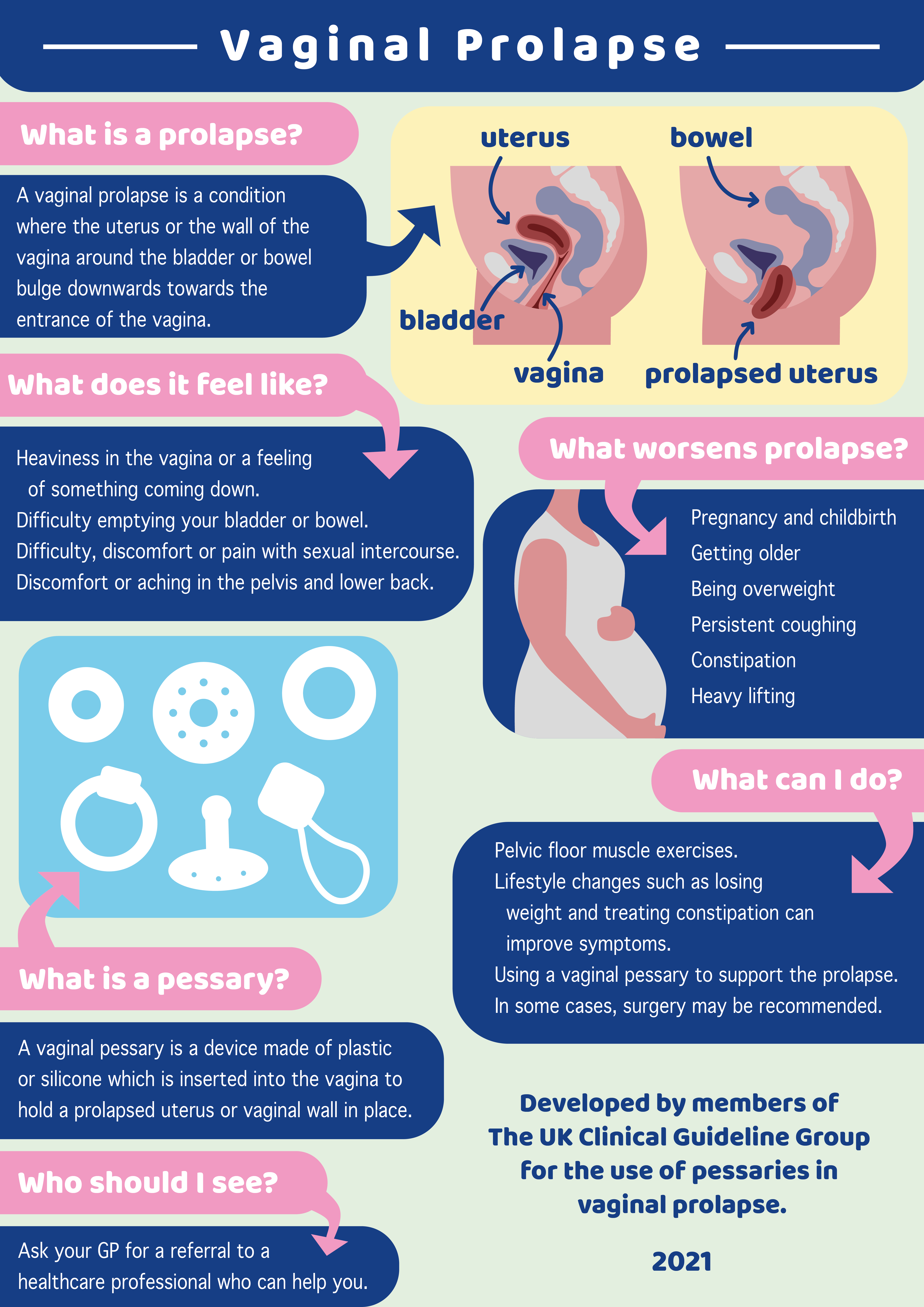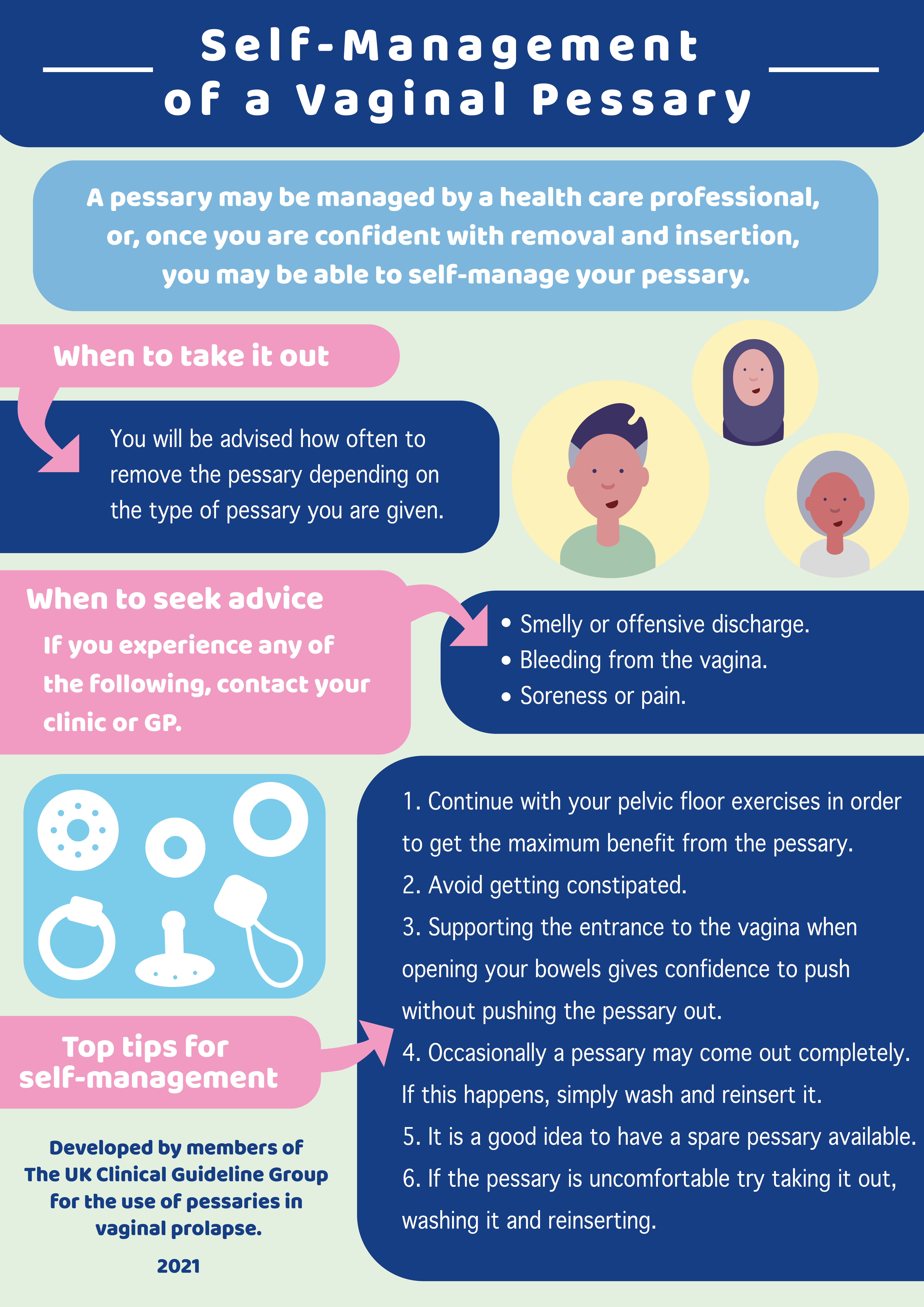how long should you wear a pessary
Do you have to wear a pessary forever. Benefits and side effects of using a pessary.
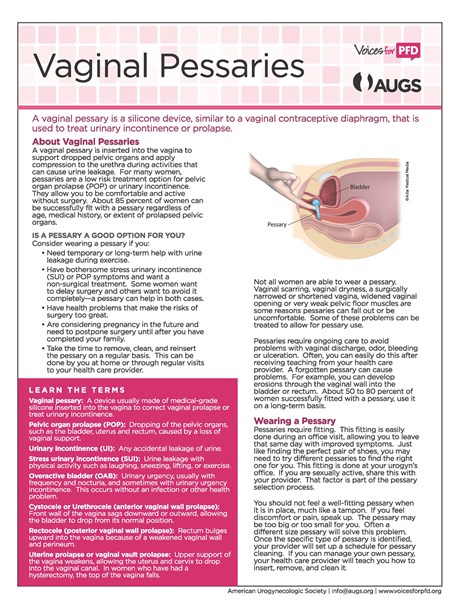
Pessaries Treatments Voices For Pfd
Several studies have evaluated the success of pessary fitting with success rates ranging from 41 to 74.

. Follow your doctors advice on how long you can wear your pessary before it needs to be cleaned. Some women will be able to do this at home themselves but others will need to go to a hospital or a clinic to have this done for them. Most vaginal pessaries can be left in for as long as four to six months or unless told otherwise by your healthcare provider.
Those in the estrogen group were less likely to discontinue using their. What is it like to wear a pessary. You can use any kind of antibacterial soap to clean it.
Pessaries are a safe long-term management option for pelvic organ prolapse. Follow-up visits should take place every six to 12 months. If you care for your own pessary we will usually have you come to the office for an examination initially in 2 weeks and then in 3 months.
This means your uterus is drooping. Up to 24 cash back Contraindications of using a pessary. Shop Save Now.
You can ask your medical provider if a pessary is right for you and if they agree that trying a pessary is a good idea then they will check your prolapse and choose the right pessary for you. Anyway the blood is always up to the front of the pad. Active infections of the pelvis or vagina such as vaginitis or pelvic inflammatory disease preclude the use of a pessary until the infection has been resolved.
We may also fit a different sized pessary if it falls out or you cant pass urine with it in place. You should use a mild soap with water rinse and dry it completely and reinsert it into the vagina the next morning. Ad Browse Our Huge Selection Of Discount Vaginal Pessary Products.
Some people compare wearing a pessary to wearing a shoe. During the visit the pessary will be removed and cleaned. Will I have to wear a pessary forever.
Bioteque recommends daily cleaning but also says its fine to leave the pessary in place for 4 to 12 weeks. Tips for Using a Pessary. It is OK to keep it in for a longer period of time but never more than 3 months at a time.
There are sometimes. Pessaries are a safe long-term management option for pelvic organ prolapse. Women who used vaginal estrogen had a longer median follow-up time 295 months compared with women who did not 154 months and were more likely to have at least one pessary check 985 vs 862 P 0001.
Of those who discontinued the median duration was 14 years range 0111 years. This depends on the kind of pessary you are prescribed. Interquartile range 0536 years.
The device is used to support uterine prolapse. Also since getting a larger pessary other one wasnt holding everything in I have a pale green discharge enough to need the pad for that. If an ulcer has occurred a person should not wear their pessary until it has healed.
Some women happily use pessaries for years. However other types such as cube pessary must be removed every night. As long as its just spotting for a day or two do not worry.
Most vaginal pessaries can be left in for as long as four to six months or unless told otherwise by your healthcare provider. My Dr said the discharge is normal and caused by the pessary. If a pessary is fitted correctly the healthcare providers finger should pass easily between the pessary and the vaginal wall.
You might see a little spotting of blood when you remove or insert the pessary. Other women choose to just wear. Some women happily use pessaries for years.
Other women choose to just wear their pessary for exercise and physical activity. In comparison a type of pessary used for women with advanced degrees of vaginal prolapse called cube pessary should be removed every night. You may be able to remove and clean it yourself or your doctor may want to do this during an office visit.
No I wear poise pads because of occasional urine leakage. Will I have to wear a pessary forever. You do not need anything specific.
Pessaries are a safe long-term treatment for prolapse but they do need to be changed every three to six months. A vaginal pessary is a plastic device in the shape of a circle that fits into your vagina. If you are unable to easily remove and insert the pessary on your own you should go to the doctor every three months for professional examination and cleansing.
15 Studies varied considerably in the definition of successful fitting with variable lengths. Follow your doctors advice on inserting the pessary. A properly fitted pessary should not cause any pain - if it does then we will need to change the size.
Milex does not address home care but recommends a followup visit with your health care provider every 4 to 6 weeks noting that the schedule can be adjusted based on patient and physician preference. Store the pessary in a clean safe area until you are ready to replace it. Only 23 of 167 14 continued with pessary use at the study endpoint November 2008.
In cases where the pessary cannot be removed by the patient follow-up visits usually occur every two to three months. Most women find they are able to successfully use a pessary for two years or more without requiring surgery for their condition. Uterine prolapse happens because the muscles and ligaments that support your uterus are weak.
The largest size you can wear comfortably is usually the best choice. If you clean your pessary wash it with mild soap and water. Most infections occur when a pessary is left in for too long are kept for longer than five years or are not cleaned properly between uses.
The vagina will be examined to make sure the pessary is not scraping or bruising the skin. A vaginal pessary holds your uterus in place. Do you have to wear a pessary forever.
Patients who are noncompliant or unlikely to follow up should not be fitted for a pessary. People should go to a doctor every 36 months to check for ulcers. Once the pessary is in place you should not feel it at all.
9 14 Success rates of up to 62 have been reported in patients with stage III and IV prolapse indicating that pessaries are an excellent option even in a population with advanced POP. Depending on the type of pessary prescribed you should be able to leave it in for as long as four to six months. There are few contraindications to the use of a pessary.
134 used vaginal estrogen and 65 did not. Data from 199 women were included. This is to make sure the pessary does not fall out and that you can pass urine with the pessary in place.
The median duration of use was 7 years interquartile range 69 years.

Practical Use Of The Pessary American Family Physician
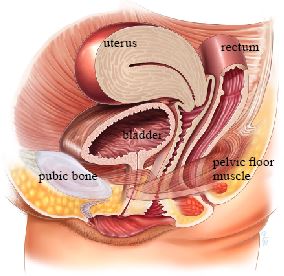
Vaginal Pessary For Pelvic Organ Prolapse Your Pelvic Floor

Pessaries For Pop And Sui Their Fitting Care And Effectiveness In Various Disorders Mdedge Obgyn
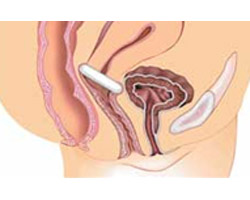
Pessary Fitting For Prolapse How To Know If Your Pessary Fits

Vaginal Pessary For Prolapse Milton Keynes University Hospital

Herman Wallace Pelvic Rehabilitation Continuing Education The Pelvic Rehab Report Pessary Use And Defecatory Dysfunction
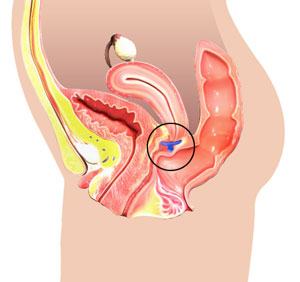
Pessary Fitting Schaumburg Il Pelvic Organ Prolapse Mount Prospect Il

Pessaries For Prolapse And Urinary Incontinence Proactive Pelvic Health
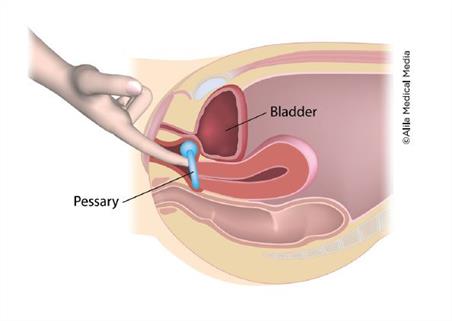
Vaginal Pessaries Comprehensive Services For Women At Chi St Vincent

Practical Use Of The Pessary American Family Physician

Pessary Vs Surgery The Pros And Cons Of Medical Prolapse Treatments Pelvic Organ Prolapse Bladder Prolapse Pelvic Organ Prolapse Symptoms
